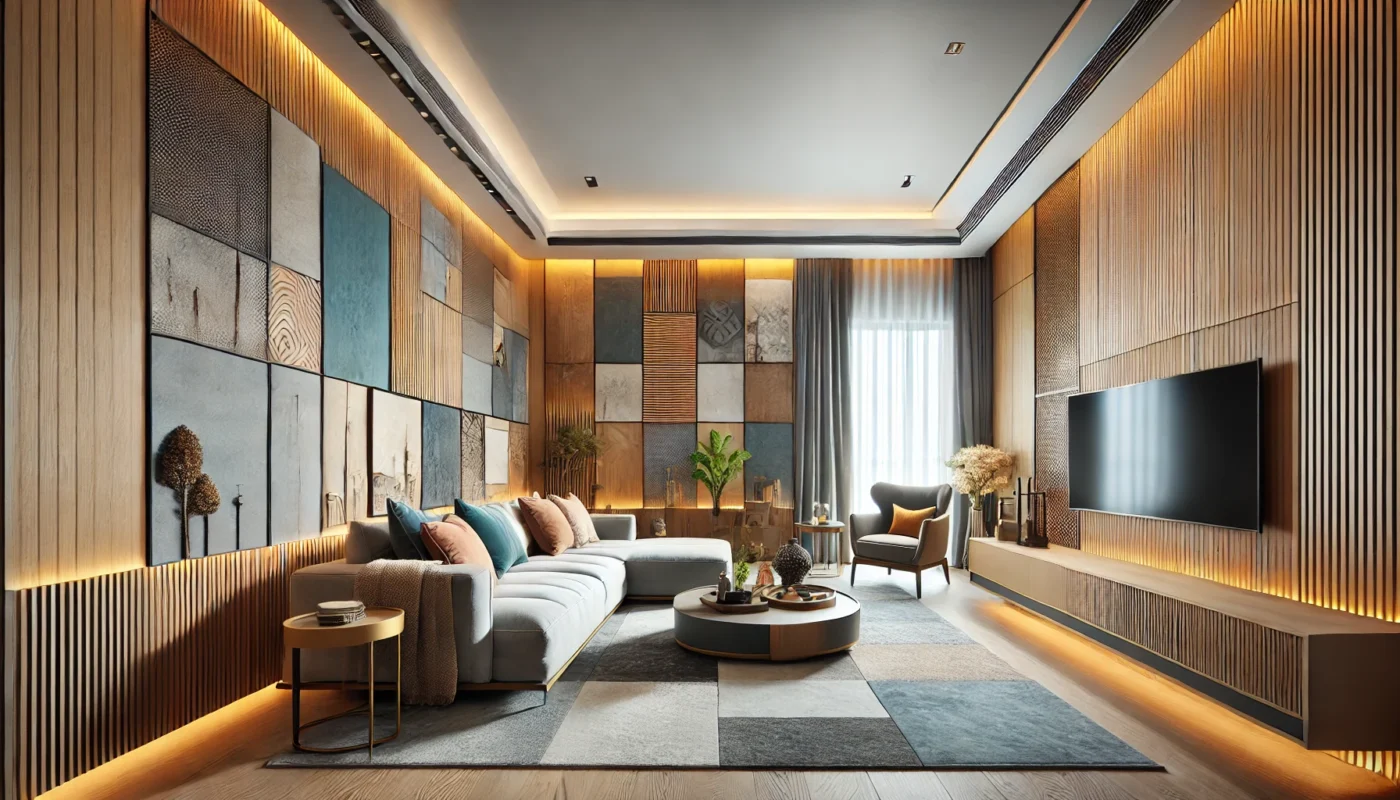Creativity and DIY, Gifts and Celebrations, Home Comfort and Decor
5 Ways to Decorate Your Home with Decorative Panels
Decorative panels have long been a favorite tool for interior designers and homeowners looking to add a touch of sophistication and style to their spaces. These versatile elements can transform the look and feel of any room, offering both aesthetic and functional benefits. In this article, we’ll explore five innovative ways to incorporate decorative panels into your home decor.
1. Accent Walls
Creating an accent wall is one of the most popular ways to use decorative panels. This technique involves covering one wall in a room with panels to make it stand out from the others. Wooden panels, for instance, can add warmth and texture to a living room or bedroom. For a modern twist, consider using metal or glass panels that reflect light and create a sense of space.
Case Study: In a recent home renovation, a designer used reclaimed wooden panels to create an accent wall in a client’s living room. The result was a cozy and inviting space that became the focal point of the room.
2. Ceiling Enhancements
Often overlooked, ceilings offer a great opportunity for decorative panels. Installing panels on the ceiling can add depth and interest to a room. Coffered ceilings, made up of a grid of wooden panels, are particularly effective in adding a touch of elegance to dining rooms and libraries.
Case Study: A historic home restoration included the installation of decorative panels on the ceiling of a grand dining room. The panels not only enhanced the architectural interest of the space but also improved the room’s acoustics.
3. Functional Dividers
Decorative panels can also be used as room dividers to create distinct zones within an open-plan space. This approach is ideal for lofts or large living areas where you want to maintain an open feel while defining separate areas for different functions.
Example: In a contemporary loft, laser-cut metal panels were used to separate the living area from the dining space. The intricate design of the panels allowed light to pass through, maintaining a sense of openness while providing visual separation.
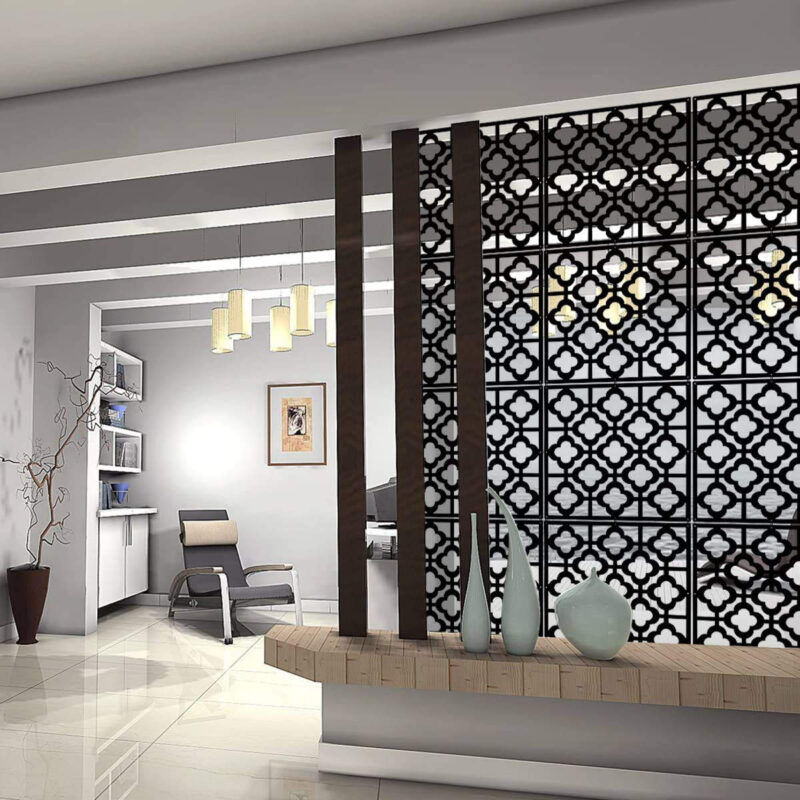
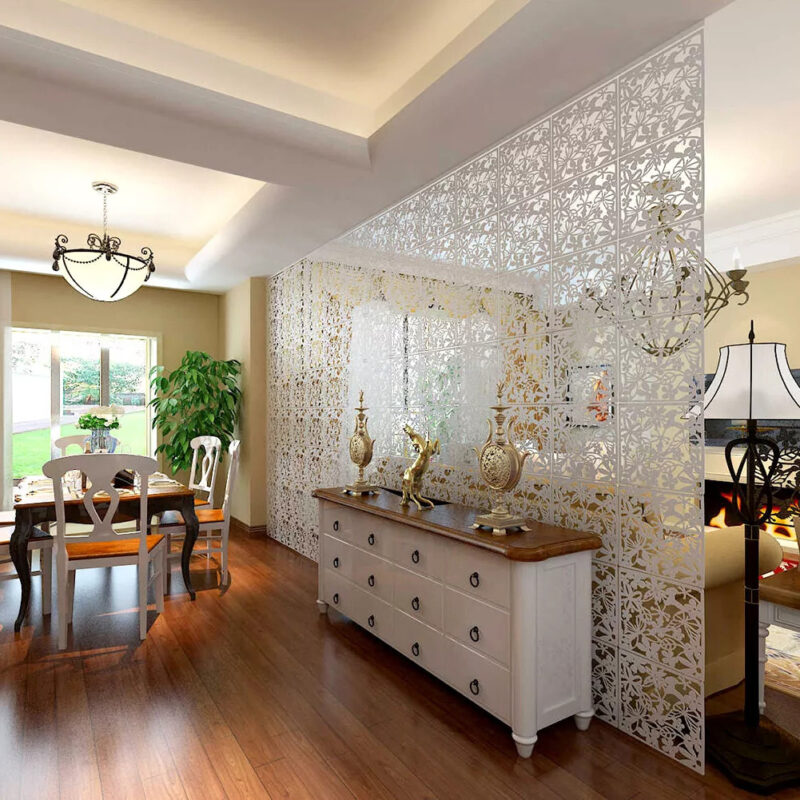
4. Art Installations
For a truly unique look, consider using decorative panels as art installations. Large, intricately designed panels can serve as a statement piece on an otherwise plain wall. This approach works particularly well in minimalist spaces where the panel can take center stage.
Example: An art collector used a series of hand-carved wooden panels as a focal point in their modern apartment. The panels added a touch of craftsmanship and artistry, blending seamlessly with the sleek interior design.
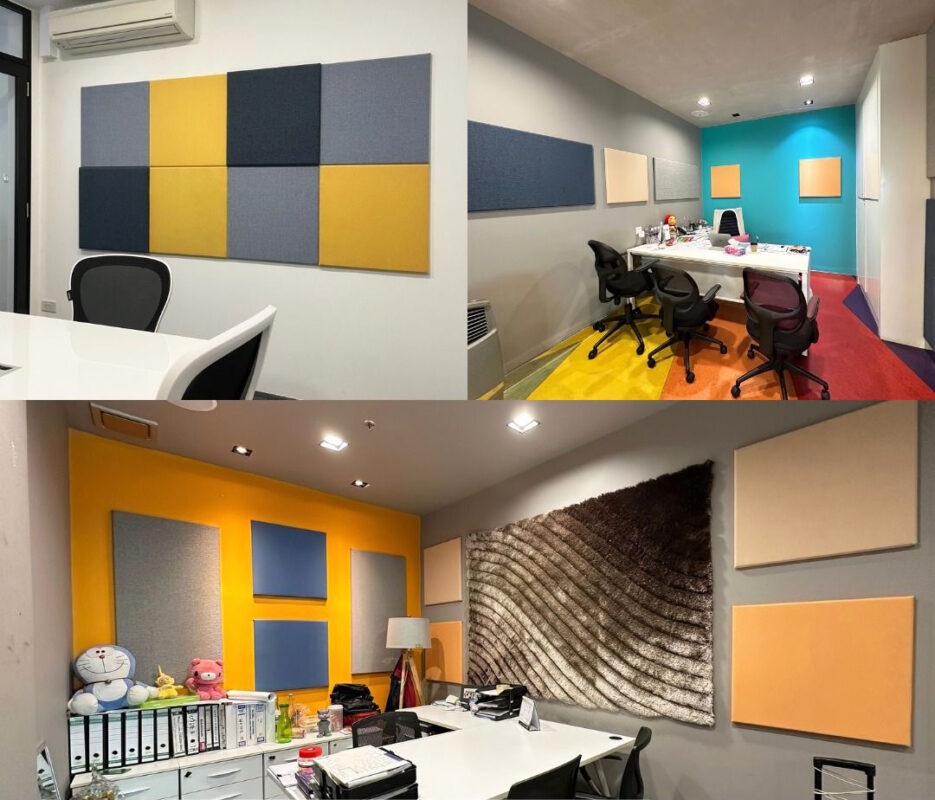
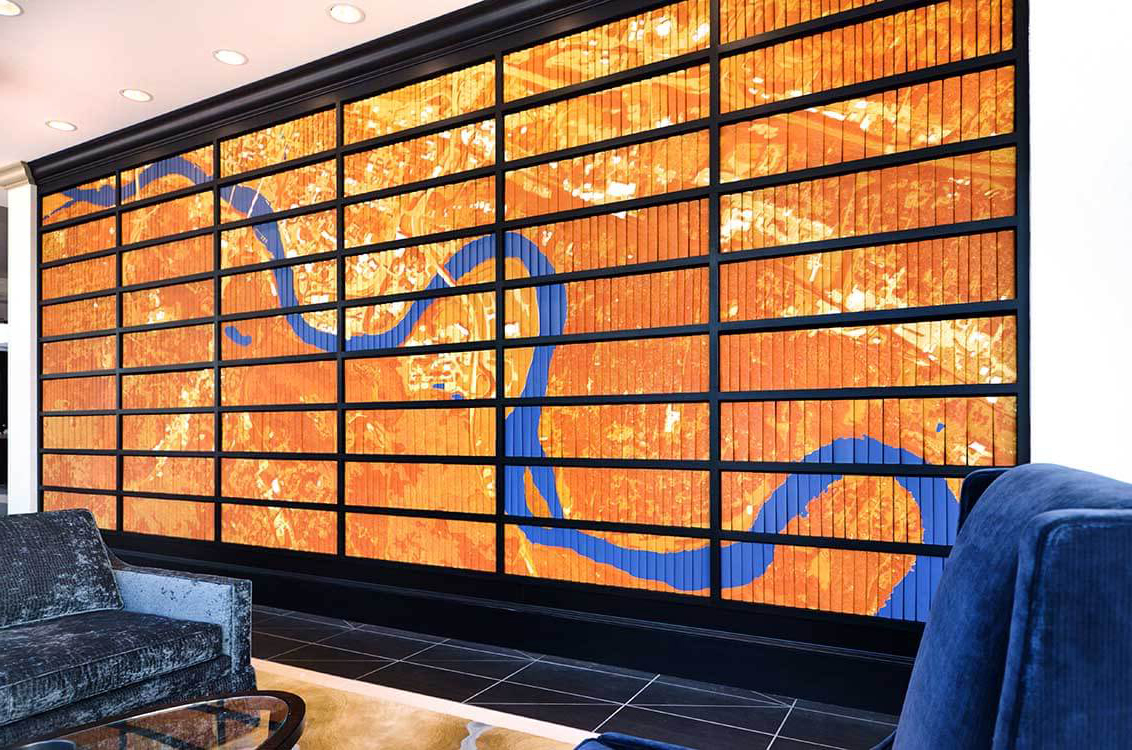
5. Outdoor Applications
Decorative panels are not limited to indoor use. They can be a stunning addition to outdoor spaces as well. Weather-resistant panels can be used to create privacy screens, decorate exterior walls, or even as part of a garden feature.
Case Study: A landscape designer used perforated metal panels to create a decorative screen around a patio area. The panels provided privacy while allowing airflow and light to filter through, creating a comfortable and stylish outdoor living space.
Incorporating decorative panels into your home decor offers endless possibilities for creativity and personalization. Whether you’re looking to make a bold statement or add subtle elegance, there’s a panel solution for every style and need. As trends continue to evolve, we can expect to see even more innovative uses for these versatile design elements.
Overall, decorative panels are a testament to the power of design in transforming spaces. Their ability to blend functionality with aesthetic appeal makes them a valuable addition to any home. By experimenting with different materials, patterns, and applications, you can create a unique and personalized environment that reflects your taste and lifestyle.

